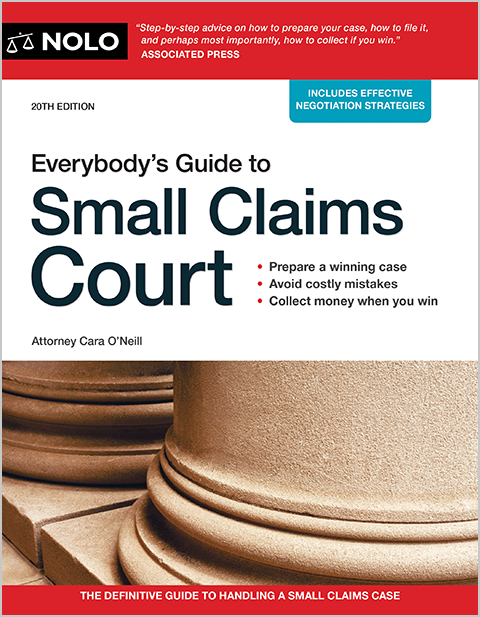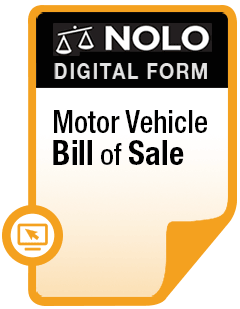A look at Utah's no-fault car insurance system, how "personal injury protection" coverage works in the state, and more.
If you're a vehicle owner in Utah, you must purchase and carry:
- $3,000 in personal injury protection (PIP) coverage in line with Utah's no-fault car insurance system
- $25,000 in liability coverage per person injured or killed in any car accident you cause
- $65,000 total liability coverage per accident, when more than one person is injured or killed in an accident you cause, and
- $15,000 per accident for vehicle and property damage resulting from a car accident you cause.
Let's take a detailed look at Utah's no-fault car insurance system, and how car insurance coverage is likely to come into play after a car accident.
Is Utah a No-Fault Car Insurance State?
Yes. Utah is one of a dozen or so states that follow some form of a "no-fault" car insurance system. Under no-fault, after a car accident, your own car insurance coverage (in Utah, that means your "personal injury protection" coverage) pays for medical treatment and other out-of-pocket losses incurred by anyone covered under the policy, regardless of who caused the accident. (We'll detail what's covered a little later on.)
But with a no-fault claim, you can't get compensation for your "pain and suffering" and other non-monetary damages stemming from the accident.
In order to step outside of the no-fault system and file a third-party insurance claim or lawsuit against the at-fault driver (so that "pain and suffering" and other non-economic losses are on the table) your injuries must meet certain thresholds set by state law (we'll look at Utah's statutory thresholds in the next section).
How Much No-Fault Car Insurance Do I Need in Utah?
As we touched on in the intro, Utah requires at least $3,000 in no-fault (known as "personal injury protection" or "PIP") coverage. According to the Utah Division of Motor Vehicles, no-fault insurance must be continuously maintained on all passenger vehicles (cars and trucks) throughout the vehicle's registration period if:
- the vehicle's owner/operator is a Utah resident, or
- the vehicle's owner/operator is a non-resident of the state who operates a vehicle that has been physically present in Utah for 90 days during the last 365 days (in this situation, the non-resident owner must maintain no-fault insurance while the vehicle remains in the state).
Who Is Covered Under No-Fault/PIP in Utah?
The no-fault/personal injury protection provisions of a Utah car insurance policy will typically cover:
- the vehicle owner/policyholder
- any passenger riding in the policyholder's vehicle (unless they have their own car insurance coverage)
- anyone who borrows the policyholder's vehicle with permission, and
- any pedestrian injured in an accident involving the policyholder's vehicle.
What's Covered Under No-Fault/PIP Insurance in Utah?
There are lots of exceptions and restrictions in the relevant statute (Utah Code section 31A-22-307), but personal injury protection coverage benefits usually include:
- payment of medical bills stemming from medical treatment of car accident injuries
- compensation for accident-related lost income (usually the lesser of $250 per week, or 85% of gross lost income/loss of earning capacity)
- a "special damage allowance" for tasks the injured person can't do (like household work) because of their car accident injuries
- funeral, burial, or cremation benefits if the accident results in a covered person's death, and
- compensation to the person's heirs if the crash results in a covered person's death.
It's important to note that Utah's no-fault car insurance system applies to injuries caused by car accidents, but not to vehicle damage claims. A claim for damage to (or total loss of) a vehicle can be made against the at-fault driver in Utah, with no limitations.
Can I Ever Sue the At-Fault Driver in Utah?
As we mentioned above, in order to step outside of Utah's no-fault car insurance claim system and pursue a claim against the driver who caused your car accident, your case must meet certain threshold requirements.
Specifically, in order to pursue a liability claim after a car accident in Utah, the injured driver or passenger must first have incurred at least $3,000 in medical bills as a result of the accident, or he or she must have suffered certain serious injuries. In Utah, the kinds of injuries that qualify under this "injury threshold" are:
- permanent disability
- permanent impairment
- permanent disfigurement, or
- dismemberment
If your injuries qualify under one or both of these thresholds, you're not limited to a no-fault claim under your own policy. You can hold the at-fault driver responsible for the accident via a third-party car insurance claim or personal injury lawsuit, and you can pursue compensation for all categories of losses, including pain and suffering and all other available non-economic damages (which, again, aren't available in a no-fault claim).
Now that you understand how no-fault car insurance works in Utah, let's look at the state's requirements for different kinds of car insurance coverage.
What Happens If I Drive Without Insurance in Utah?
Driving without car insurance is a Class B misdemeanor in Utah, which can result in a fine of at least $400 for a first offense, and $1,000 for a second and subsequent offense within the next three years.
If you're convicted for failing to insure a vehicle, the Utah Department of Public Safety (DPS) will suspend your driver's license until you:
- provide proof that you're insured in compliance with Utah law and
- pay a reinstatement fee.
The penalties may not be all you'll need to worry about if you're in a car accident and you're uninsured.
Getting Help After a Car Accident in Utah
It's always a good idea to have an understanding of the car insurance rules in your state, but if you've been involved in a car accident, you might need more than just basic information.
Especially if your injuries turn out to be serious, and you might have the option of pursuing a claim against the driver who caused your crash, it may make sense to discuss your situation with an experienced legal professional. Learn more about how an attorney can make a difference in your car accident case.



